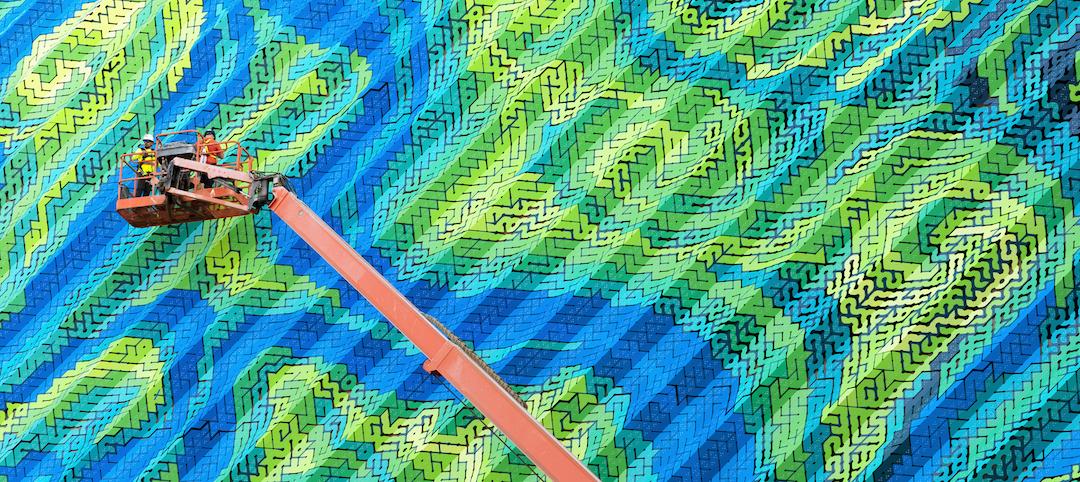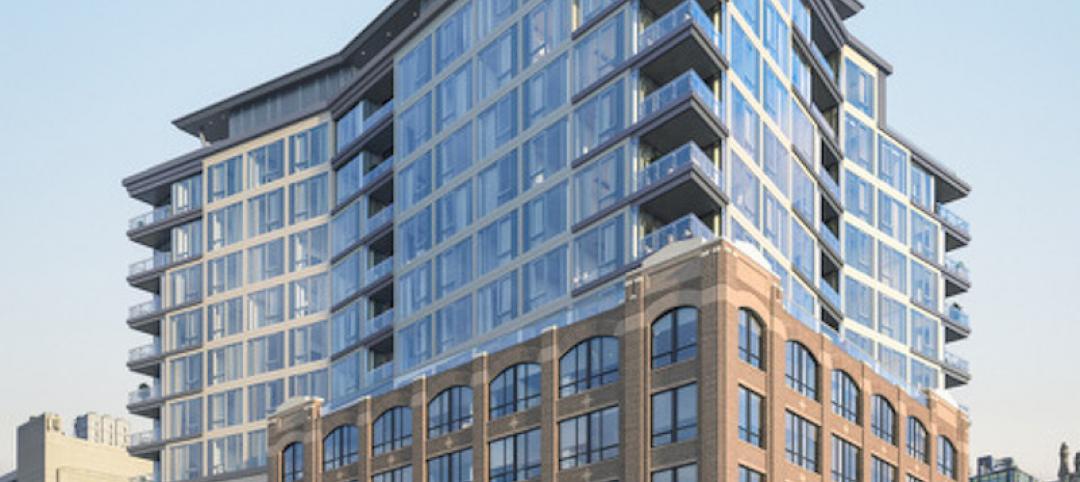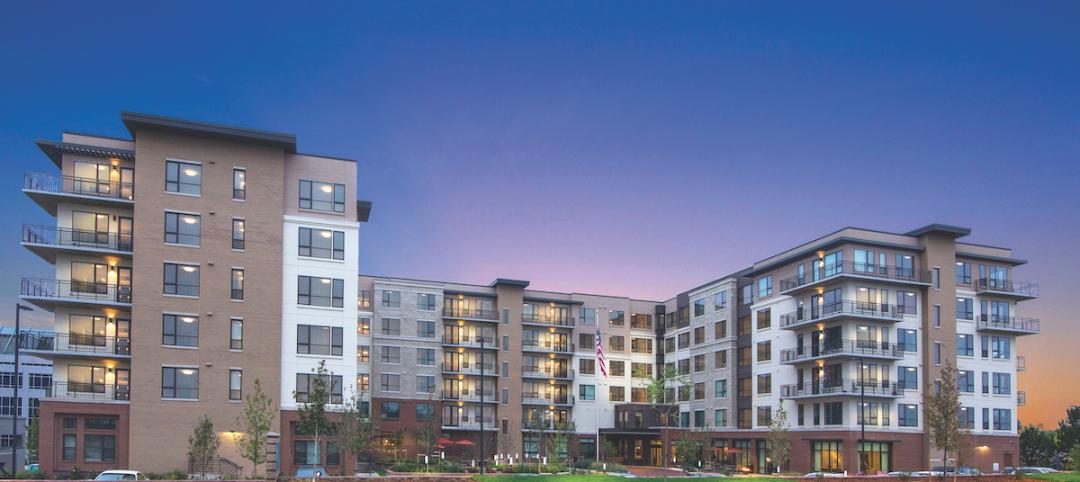The Obama Administration and the state of California are teaming with the Chicago-based MacArthur Foundation on a pilot program whose goal is to unlock Property-Assessed Clean Energy (PACE) financing for multifamily housing.
PACE programs provide money to accelerate renewable energy and efficiency retrofits for energy and water in multifamily housing, with the intention of making that housing more affordable for low-income renters.
California Gov. Jerry Brown announced last month that his administration is creating a California Multifamily PACE program with MacArthur, which has committed at least $10 million in impact investments toward this program and other innovations it is exploring. U.S. Housing and Urban Development Secretary Julian Castro says his department will issue new guidance under which HUD can approve PACE financing on HUD-assisted and HUD insured housing in California. The U.S. Department of Energy is working with the state to assess the performance of this program.
The San Jose Mercury News reports that HUD has also committed to support California’s creation of another pilot financing program for multifamily building, where most or all of the energy use is billed through a common meter.
California’s efforts tie into the Obama Administration’s goal of installing 100 megawatts of renewable energy across federally subsidized housing by 2020. About one-quarter of U.S. households are multifamily, with more than 3 million units in California alone.
Improving energy efficiency in these buildings nationwide by 20% would save nearly $7 billion in energy costs each year and cut 350 tons of carbon pollution in a decade, according to White House estimates.
“Reducing our energy consumption by 50 percent on existing buildings, increasing renewables 50 percent and reducing our petroleum as close to 50 percent as we can,” Brown said about his initiative.
Related Stories
Building Tech | Jun 26, 2019
Modular construction can deliver projects 50% faster
Modular construction can deliver projects 20% to 50% faster than traditional methods and drastically reshape how buildings are delivered, according to a new report from McKinsey & Co.
Design Innovation Report | Jun 25, 2019
2019 Design Innovation Report: Super labs, dream cabins, office boardwalks, façades as art
9 projects that push the limits of architectural design, space planning, and material innovation.
Multifamily Housing | Jun 25, 2019
Historic New York hospital becomes multifamily development
CetraRuddy designed the project and Delshah Capital is the developer.
Multifamily Housing | Jun 25, 2019
New Joint Center housing report foresees steady rental demand over the next decade
However, supply shortages, especially on the affordable end, are likely to push rents even higher.
Multifamily Housing | Jun 17, 2019
Boston multifamily development combines a historic warehouse with a new, modern addition
The Architectural Team designed the project.
Multifamily Housing | Jun 4, 2019
New Silver Spring apartment community includes over 5,000 sf of amenity space
Design Collective is the project’s architect.
Multifamily Housing | Jun 3, 2019
11 trends in senior living
Style, flexibility, and fun highlight the latest design trends for the 55+ market.
Multifamily Housing | May 29, 2019
Grilled to order: The art of outdoor kitchens
Seven tips for ensuring outdoor kitchens deliver safe, memorable experiences for residents and guests.
Multifamily Housing | May 17, 2019
At last, downtown Dallas tower to get $450 million redo
The landmark tower has been vacant for a decade.

















